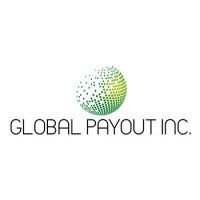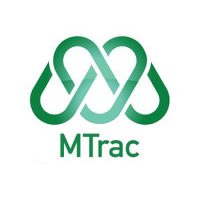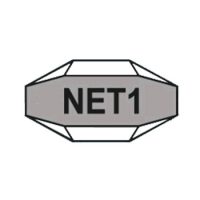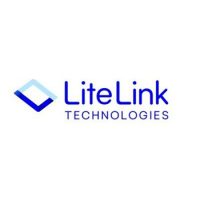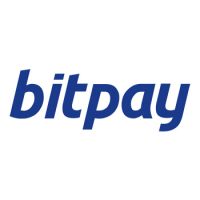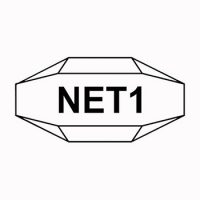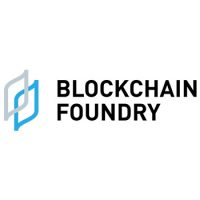Blockchain Press Releases
EXCESS CAPACITY IN WORLD’S SUPPLY CHAINS UP SHARPLY IN JULY AND AT THE FASTEST PACE SINCE MAY 2020, POINTING TO DETERIORATING ECONOMIC CONDITIONS: GEP GLOBAL SUPPLY CHAIN VOLATILITY INDEX

- Demand conditions, which remain very depressed globally, declined at even sharper rates in Europe and the U.K. in July; contrasting with shallower demand downturn in North America, highlighting some divergence in global economies
- European supply chain spare capacity was at its greatest level since the global financial crisis of 2008-2009
- Global transport costs fall to their lowest level since 2016, showing that the period of runaway inflation in freight is over
CLARK, N.J., Aug. 14, 2023 /PRNewswire/ — The GEP Global Supply Chain Volatility Index — a leading indicator tracking demand conditions, shortages, transportation costs, inventories and backlogs based on a monthly survey of 27,000 businesses — fell to -0.50 in July, from -0.26 in June, indicating a further and accelerated rise in excess capacity across global supply chains amid weak global demand conditions and sustained destocking of warehouses.
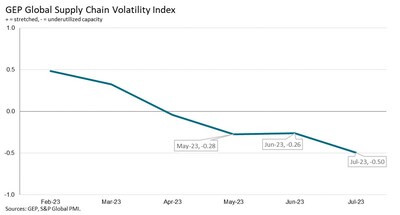
In fact, global supplier spare capacity was nearly on par with its zenith during the pandemic in May 2020, rising for a fourth month in succession and indicating a considerable weakening of global economic conditions.
July data signalled a weak start to the second half of 2022 for the global economy, with demand for commodities, components and raw materials remaining depressed. Demand weakened in Europe especially as conditions in major markets such as the United Kingdom, Germany and France worsened. In fact, excess capacity at European suppliers reached its highest level since the global financial crisis of 2008-2009. In contrast, demand in North America fell to a weaker extent than in June, tentatively pointing to some divergence in the trajectory of the economies on either side of the Atlantic.
Commenting on the July data, Jonathan Kinghan, vice president, supply chain consulting, GEP, said: “We’re now in the 14th consecutive month of subdued demand across Europe, and our July data shows it’s getting significantly worse across the continent, in contrast to North America. Our data does not indicate a ‘soft landing’ in Europe. As a result, companies have greater leverage to negotiate favourable terms from suppliers for 2024 and 2025.”
July 2023 Key Findings:
- DEMAND: Global demand for commodities, components and raw materials continues to weaken at the strongest pace since the start of the year. Europe is seeing the steepest downturn in demand by a notable margin, while purchasing activity in Asia fell slightly in July. North American demand conditions were less depressed than in June, hinting at potential divergences opening between major markets.
- INVENTORIES: Reports from businesses of safety stockpiling fell below the long-run average in July as a result of sustained efforts by companies to destock. However, in North America, stockpiling ticked up slightly in July, despite months of subdued demand.
- MATERIALS SHORTAGES: Supply shortages have ended, with reports of item scarcity now in line with historically normal levels.
- LABOR SHORTAGES: Despite historically low unemployment in economies such as U.S., reports of backlogs directly due to a lack of employees are historically low.
- TRANSPORTATION: Global transportation costs fell further to the lowest level since January 2016.
REGIONAL SUPPLY CHAIN VOLATILITY
- NORTH AMERICA: Index rose to -0.37 from -0.85, indicating slower rise in excess capacity.
- EUROPE: Index down to its lowest level since the 2008-2009 global financial crisis at -1.07, from -0.67 in June, indicating marked worsening of economic conditions in Europe.
- U.K.: Index fell to -1.01, from -0.66 as weakness in major trading partners in Europe spills over, driving a sharper rise in supplier spare capacity.
- ASIA: While the index fell to a three-year low of -0.31, from -0.17 in July, the region still shows more resilience than the rest of the world.
For more information, visit www.gep.com/volatility
Note: Full historic data dating back to January 2005 is available for subscription. Please contact [email protected].
The next release of the GEP Global Supply Chain Volatility Index will be 8 a.m. ET, September 15, 2023.
ABOUT THE GEP GLOBAL SUPPLY CHAIN VOLATILITY INDEX
The GEP Global Supply Chain Volatility Index is produced by S&P Global and GEP. It is derived from S&P Global’s PMI™ surveys, sent to companies in over 40 countries, totaling around 27,000 companies. The headline figure is a weighted sum of six sub-indices derived from PMI data, PMI Comments Trackers and PMI Commodity Price & Supply Indicators compiled by S&P Global.
- A value above 0 indicates that supply chain capacity is being stretched and supply chain volatility is increasing. The further above 0, the greater the extent to which capacity is being stretched.
- A value below 0 indicates that supply chain capacity is being underutilized, reducing supply chain volatility. The further below 0, the greater the extent to which capacity is being underutilized.
A Supply Chain Volatility Index is also published at a regional level for Europe, Asia, North America and the U.K. For more information about the methodology, click here.
About GEP
GEP® delivers transformative supply chain solutions that help global enterprises become more agile and resilient, operate more efficiently and effectively, gain competitive advantage, boost profitability and increase shareholder value. Fresh thinking, innovative products, unrivaled domain expertise, smart, passionate people — this is how GEP SOFTWARE™, GEP STRATEGY™ and GEP MANAGED SERVICES™ together deliver supply chain solutions of unprecedented scale, power and effectiveness. Our customers are the world’s best companies, including more than 550 Fortune 500 and Global 2000 industry leaders who rely on GEP to meet ambitious strategic, financial and operational goals. A leader in multiple Gartner Magic Quadrants, GEP’s cloud-native software and digital business platforms consistently win awards and recognition from industry analysts, research firms and media outlets, including Gartner, Forrester, IDC, ISG, and Spend Matters. GEP is also regularly ranked a top supply chain consulting and strategy firm, and a leading managed services provider by ALM, Everest Group, NelsonHall, IDC, ISG and HFS, among others. Headquartered in Clark, New Jersey, GEP has offices and operations centers across Europe, Asia, Africa and the Americas. To learn more, visit www.gep.com.
About S&P Global
S&P Global (NYSE: SPGI) S&P Global provides essential intelligence. We enable governments, businesses and individuals with the right data, expertise and connected technology so that they can make decisions with conviction. From helping our customers assess new investments to guiding them through ESG and energy transition across supply chains, we unlock new opportunities, solve challenges and accelerate progress for the world. We are widely sought after by many of the world’s leading organizations to provide credit ratings, benchmarks, analytics and workflow solutions in the global capital, commodity and automotive markets. With every one of our offerings, we help the world’s leading organizations plan for tomorrow, today.
Disclaimer
The intellectual property rights to the data provided herein are owned by or licensed to S&P Global and/or its affiliates. Any unauthorised use, including but not limited to copying, distributing, transmitting or otherwise of any data appearing is not permitted without S&P Global’s prior consent. S&P Global shall not have any liability, duty or obligation for or relating to the content or information (“data”) contained herein, any errors, inaccuracies, omissions or delays in the data, or for any actions taken in reliance thereon. In no event shall S&P Global be liable for any special, incidental, or consequential damages, arising out of the use of the data. Purchasing Managers’ Index™ and PMI™ are either registered trademarks of Markit Economics Limited or licensed to Markit Economics Limited and/or its affiliates.
This Content was published by S&P Global Market Intelligence and not by S&P Global Ratings, which is a separately managed division of S&P Global. Reproduction of any information, data or material, including ratings (“Content”) in any form is prohibited except with the prior written permission of the relevant party. Such party, its affiliates and suppliers (“Content Providers”) do not guarantee the accuracy, adequacy, completeness, timeliness or availability of any Content and are not responsible for any errors or omissions (negligent or otherwise), regardless of the cause, or for the results obtained from the use of such Content. In no event shall Content Providers be liable for any damages, costs, expenses, legal fees, or losses (including lost income or lost profit and opportunity costs) in connection with any use of the Content.
|
Media Contacts |
|
|
Derek Creevey |
Joe Hayes |
|
Director, Public Relations |
Principal Economist |
|
GEP |
S&P Global Market Intelligence |
|
Phone: +1 732-382-6565 |
T: +44-1344-328-099 |
|
Email: derekcreevey@gepcom |


Photo – https://mma.prnewswire.com/media/2184465/GEPGLOBAL_Infographic.jpg
Photo – https://mma.prnewswire.com/media/2184464/2_GEPGLOBAL_Infographic.jpg
Logo – https://mma.prnewswire.com/media/518346/GEP_Logo.jpg

Blockchain
Ethereum ETFs Aren’t Blockchain But Is A Revolutionary Tech: Top 6 Amazing Reasons To Invest In Them
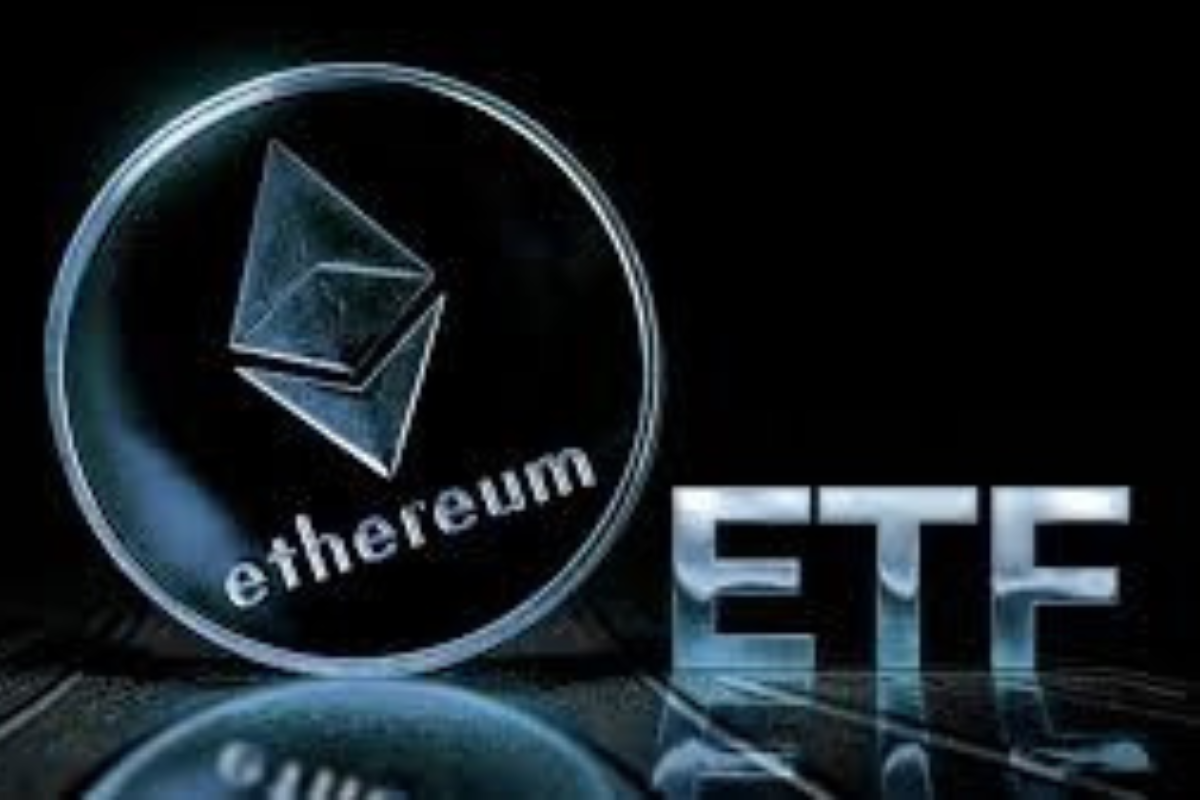
The financial landscape is rapidly evolving, with the integration of blockchain technology and cryptocurrencies becoming more prominent. Among these, Ethereum ETFs (Exchange-Traded Funds) have emerged as a significant investment vehicle, offering exposure to the Ethereum blockchain’s native cryptocurrency, Ether (ETH), without requiring direct ownership. However, it’s crucial to understand that Ethereum ETFs are distinct from the blockchain itself and serve different purposes in the investment world.
Understanding Ethereum and ETFs
Ethereum: A decentralized platform that enables the creation and execution of smart contracts and decentralized applications (dApps). It operates using its cryptocurrency, Ether (ETH), which fuels the network.
ETF (Exchange-Traded Fund): A type of investment fund that holds a collection of assets and is traded on stock exchanges. ETFs can include various asset classes, such as stocks, commodities, or bonds.
Ethereum ETFs: The Intersection of Traditional Finance and Cryptocurrency
An Ethereum ETF provides a way for investors to gain exposure to the price movements of Ether without directly purchasing the cryptocurrency. This is achieved through an ETF structure, where the fund holds assets linked to the value of Ether, and investors can buy shares of the ETF on traditional stock exchanges.
Key Features of Ethereum ETFs:
- Indirect Exposure: Investors gain exposure to Ether’s price changes without needing to manage or store the cryptocurrency themselves.
- Regulatory Compliance: Unlike the relatively unregulated cryptocurrency market, ETFs operate under the oversight of financial regulators, offering a layer of investor protection.
- Accessibility: Ethereum ETFs are available through traditional brokerage platforms, making them accessible to a broader range of investors.
Why Invest in an Ethereum ETF?
- Diversification: Including an Ethereum ETF in a portfolio can provide exposure to the cryptocurrency market, potentially enhancing diversification beyond traditional assets.
- Convenience and Familiarity: ETFs are a familiar investment product, simplifying the process of investing in cryptocurrencies.
- Professional Management: ETF managers handle the investment decisions, including the buying and selling of assets, which can be advantageous for those less familiar with the cryptocurrency space.
- Regulatory Oversight: ETFs are subject to regulatory scrutiny, potentially offering more safety and transparency compared to direct cryptocurrency investments.
- Potential for Growth: As the cryptocurrency market grows, ETFs linked to assets like Ether may benefit from rising prices.
Key Differences Between Ethereum and Ethereum ETFs
While both are related to the Ethereum blockchain, Ethereum itself and Ethereum ETFs represent different forms of investment:
- Ethereum (ETH):
- Direct ownership of the cryptocurrency.
- Full exposure to Ethereum’s features, including staking and network participation.
- Traded on cryptocurrency exchanges.
- Highly volatile and largely unregulated.
- Ethereum ETF:
- Indirect exposure through shares representing Ether’s value.
- Traded on traditional stock exchanges under regulatory oversight.
- Offers a more stable and familiar investment structure.
- Typically lower volatility compared to direct cryptocurrency ownership.
Future Considerations for Ethereum ETFs
The approval and launch of Ethereum ETFs mark a significant milestone in bringing cryptocurrencies closer to mainstream finance. They offer a convenient and regulated means for investors to gain exposure to the growing digital assets market. However, they also come with limitations, such as not allowing direct participation in the Ethereum ecosystem’s innovations, like dApps and smart contracts.
As the market evolves, we may see more sophisticated financial products that better capture the full potential of the Ethereum ecosystem. For now, Ethereum ETFs provide a balanced option for those interested in cryptocurrency exposure within the framework of traditional finance.
In conclusion, while Ethereum ETFs offer a gateway into the world of digital assets, they should be viewed as complementary to, rather than a replacement for, direct investment in the underlying blockchain technologies. Investors should carefully consider their investment goals, risk tolerance, and the unique attributes of both Ethereum and Ethereum ETFs when making investment decisions.
Source: blockchainmagazine.net
The post Ethereum ETFs Aren’t Blockchain But Is A Revolutionary Tech: Top 6 Amazing Reasons To Invest In Them appeared first on HIPTHER Alerts.
Blockchain
Nexo Reaffirms Commitment to Data Protection with SOC 3 and SOC 2 Compliance
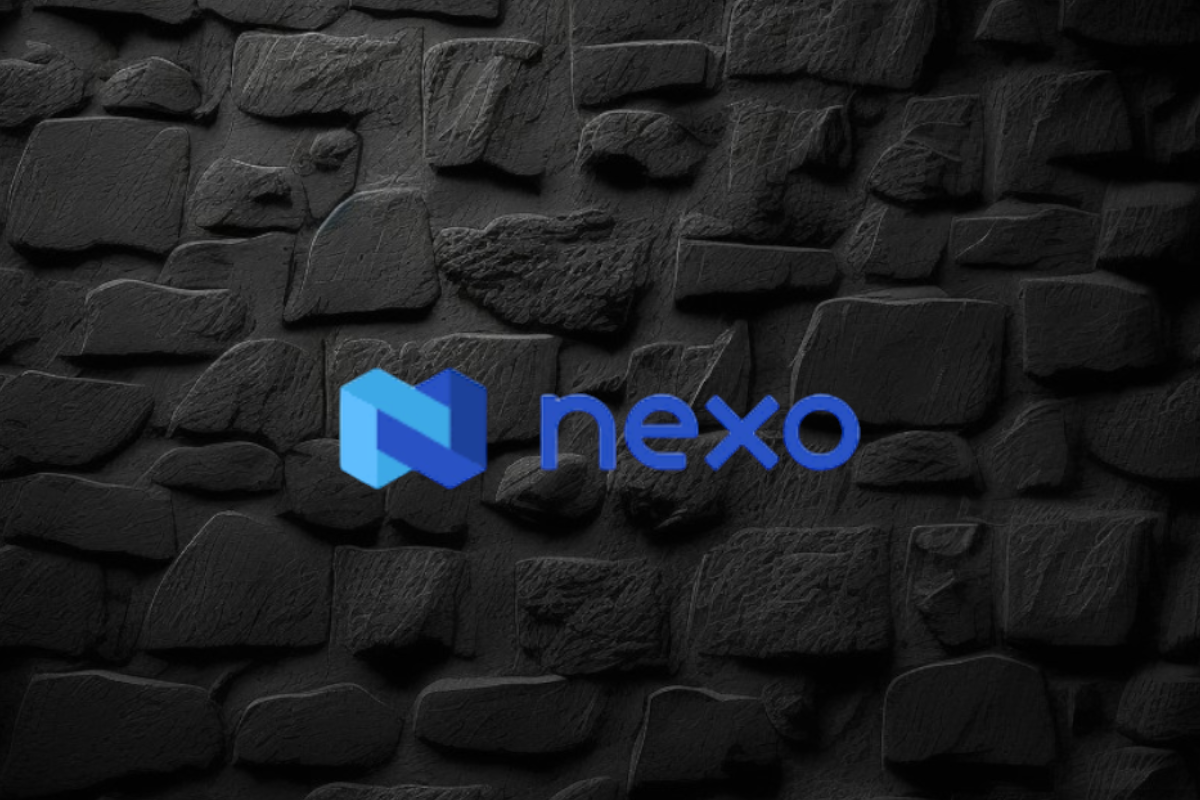
Nexo, a leading institution in the digital assets industry, has reinforced its commitment to data security by renewing its SOC 2 Type 2 audit and attaining a new SOC 3 Type 2 assessment without any exceptions. This rigorous audit process, conducted by A-LIGN, a respected independent auditor specializing in security compliance, confirms Nexo’s adherence to stringent Trust Service Criteria for Security and Confidentiality.
Key Achievements and Certifications
- SOC 2 and SOC 3 Compliance:
- SOC 2 Type 2: This audit evaluates and reports on the effectiveness of an organization’s controls over data security, particularly focusing on the confidentiality, integrity, and availability of systems and data.
- SOC 3 Type 2: This public-facing report provides a summary of SOC 2 findings, offering assurance to customers and stakeholders about the robustness of Nexo’s data security practices.
- Additional Trust Service Criteria:
- Nexo expanded the scope of these audits to include Confidentiality, showcasing a deep commitment to protecting user data.
- Security Certifications:
- The company also adheres to the CCSS Level 3 Cryptocurrency Security Standard, and holds ISO 27001, ISO 27017, and ISO 27018 certifications, awarded by RINA. These certifications are benchmarks for security management and data privacy.
- CSA STAR Level 1 Certification:
- This certification demonstrates Nexo’s adherence to best practices in cloud security, further solidifying its position as a trusted partner in the digital assets sector.
Impact on Customers and Industry Standards
Nexo’s rigorous approach to data protection and compliance sets a high standard in the digital assets industry. By achieving these certifications, Nexo provides its over 7 million users across more than 200 jurisdictions with confidence in the security of their data. These achievements not only emphasize the company’s dedication to maintaining top-tier security standards but also highlight its proactive stance in fostering trust and transparency in digital asset management.
Nexo’s Broader Mission
As a premier institution for digital assets, Nexo offers a comprehensive suite of services, including advanced trading solutions, liquidity aggregation, and tax-efficient credit lines backed by digital assets. Since its inception, the company has processed over $130 billion, showcasing its significant impact and reliability in the global market.
In summary, Nexo’s successful completion of SOC 2 and SOC 3 audits, along with its comprehensive suite of certifications, underscores its commitment to the highest standards of data security and operational integrity. This dedication positions Nexo as a leader in the digital assets space, offering unparalleled security and peace of mind to its users.
Source: blockchainreporter.net
The post Nexo Reaffirms Commitment to Data Protection with SOC 3 and SOC 2 Compliance appeared first on HIPTHER Alerts.
Blockchain
Marshall Becomes First US Senator to Walk from Controversial Crypto Bill He Co-Sponsored

Republican Senator Roger Marshall has withdrawn his support for the Digital Asset Anti-Money Laundering Act of 2023, a controversial bill he initially co-sponsored with Senator Elizabeth Warren and others. This bill, reintroduced in the Senate on July 27, 2023, aimed to bring the cryptocurrency industry into alignment with existing anti-money laundering (AML) and counter-terrorism financing (CTF) laws.
Key Provisions of the Bill
The legislation proposed stringent regulations on digital asset providers, including unhosted wallet providers, miners, and validators, by classifying them as financial institutions under the Bank Secrecy Act (BSA). It mandated these entities to adhere to BSA compliance requirements, which include extensive reporting and monitoring responsibilities. Additionally, the bill called for the Financial Crimes Enforcement Network (FinCEN) to establish regulations for reporting significant foreign digital asset holdings and to create compliance measures to address risks associated with anonymity-enhancing technologies.
Senator Marshall’s Shift
Marshall’s withdrawal from the bill comes as a surprise, particularly given his earlier criticisms of cryptocurrencies, which he has described as a “threat to national security.” This includes concerns over stablecoins like Tether potentially facilitating illegal activities and circumventing U.S. sanctions. Despite his earlier stance, Marshall’s departure from the legislation suggests a reconsideration of the bill’s implications or an alignment with broader political and industry perspectives on cryptocurrency regulation. His office has not provided a comment on the reasons for his withdrawal.
Political and Industry Reactions
The bill had garnered significant bipartisan support, with 18 co-sponsors, reflecting a broader concern in Congress over regulating the rapidly growing cryptocurrency market. However, it has also faced criticism for potentially imposing impractical compliance burdens that could stifle innovation and push crypto activities offshore. Critics argue that the bill’s stringent requirements could inadvertently drive users toward unregulated platforms, thereby undermining its intent to enhance security and regulatory oversight.
Broader Context
The withdrawal comes at a time when cryptocurrency regulation is a highly contentious issue in U.S. politics. Former President Donald Trump has promised to relax crypto regulations if elected, contrasting with the current administration’s more stringent stance. Under President Joe Biden, the Securities and Exchange Commission (SEC) and other regulatory bodies, led by figures like Gary Gensler, have taken a more rigorous approach to regulating the sector, which has drawn criticism for being overly restrictive.
Senator Marshall’s decision to step back from the Digital Asset Anti-Money Laundering Act reflects the complex and evolving nature of cryptocurrency regulation in the U.S. While the bill seeks to bring greater oversight and security to the crypto industry, it also raises concerns about regulatory overreach and its potential negative impact on innovation and privacy. As the debate continues, the U.S. legislative and regulatory landscape for cryptocurrencies remains in flux, balancing the need for security with the desire to foster technological innovation.
Source: decrypt.co
The post Marshall Becomes First US Senator to Walk from Controversial Crypto Bill He Co-Sponsored appeared first on HIPTHER Alerts.
-

 Blockchain5 days ago
Blockchain5 days agoBinance Cleared to Invest Customer Assets in US Treasury Bills: What It Means for Crypto and Dollar Dominance
-

 Blockchain5 days ago
Blockchain5 days agoDeep Custodian Limited Obtains Hong Kong TCSP License, Authorized to Provide Compliant Crypto Asset Custody Services
-

 Blockchain Press Releases2 days ago
Blockchain Press Releases2 days agoBybit Web3 Livestream Explores Cultural Meme Coins and Other Trends
-

 Blockchain Press Releases2 days ago
Blockchain Press Releases2 days agoBybit Surges to Second Place in Derivatives Market, Solidifying Position as Global Crypto Trading Leader
-

 Blockchain3 days ago
Blockchain3 days agoBlockchain Intelligence Group adds additional modules and launches its Certified Cryptocurrency Investigator – Advanced Series
-

 Blockchain2 days ago
Blockchain2 days agoKevin O ‘Leary Addresses Crypto Investing, Ethereum ETFs, and SEC Chair in Recent Interview
-

 Blockchain3 days ago
Blockchain3 days agoBitAngels Network Hosts Blockchain Pitch Competition in Nashville
-

 Blockchain4 days ago
Blockchain4 days agoCoinW Continues Expedition Trek And Double Down On Presence At ETH-Native Events






